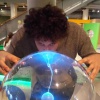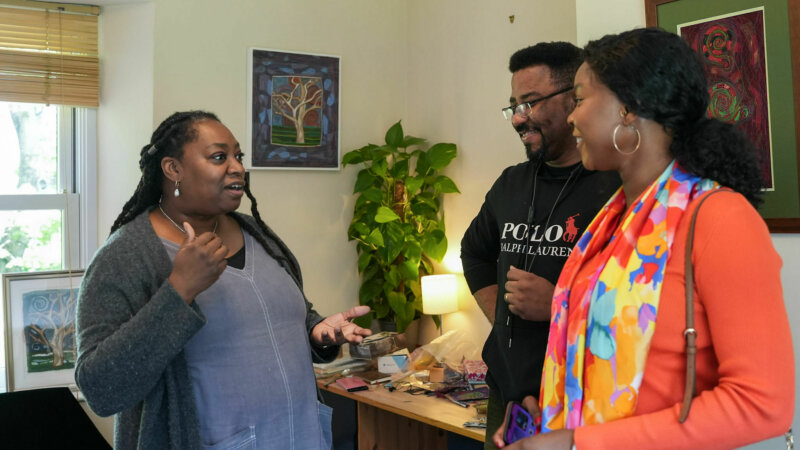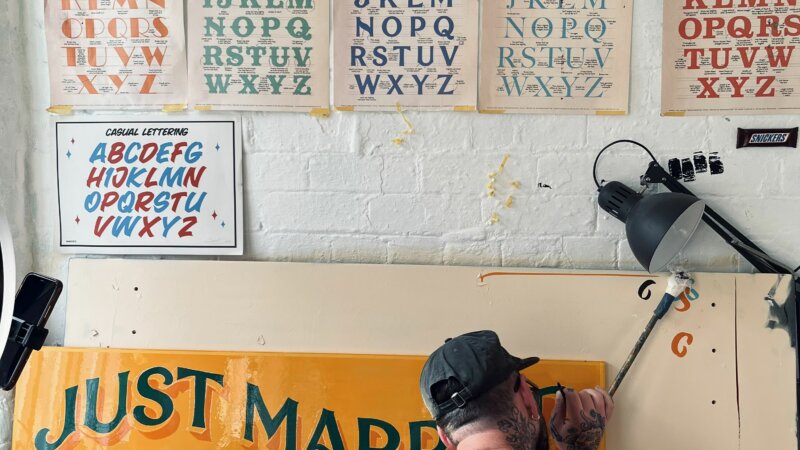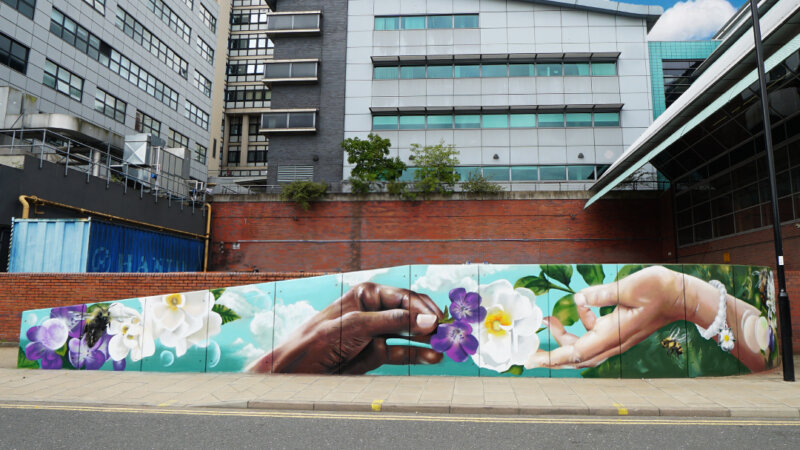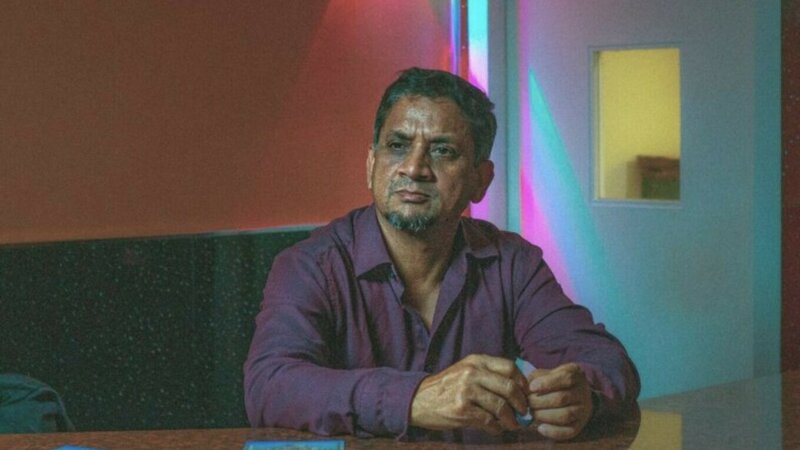Frank Kunert: Photographs of Small Worlds
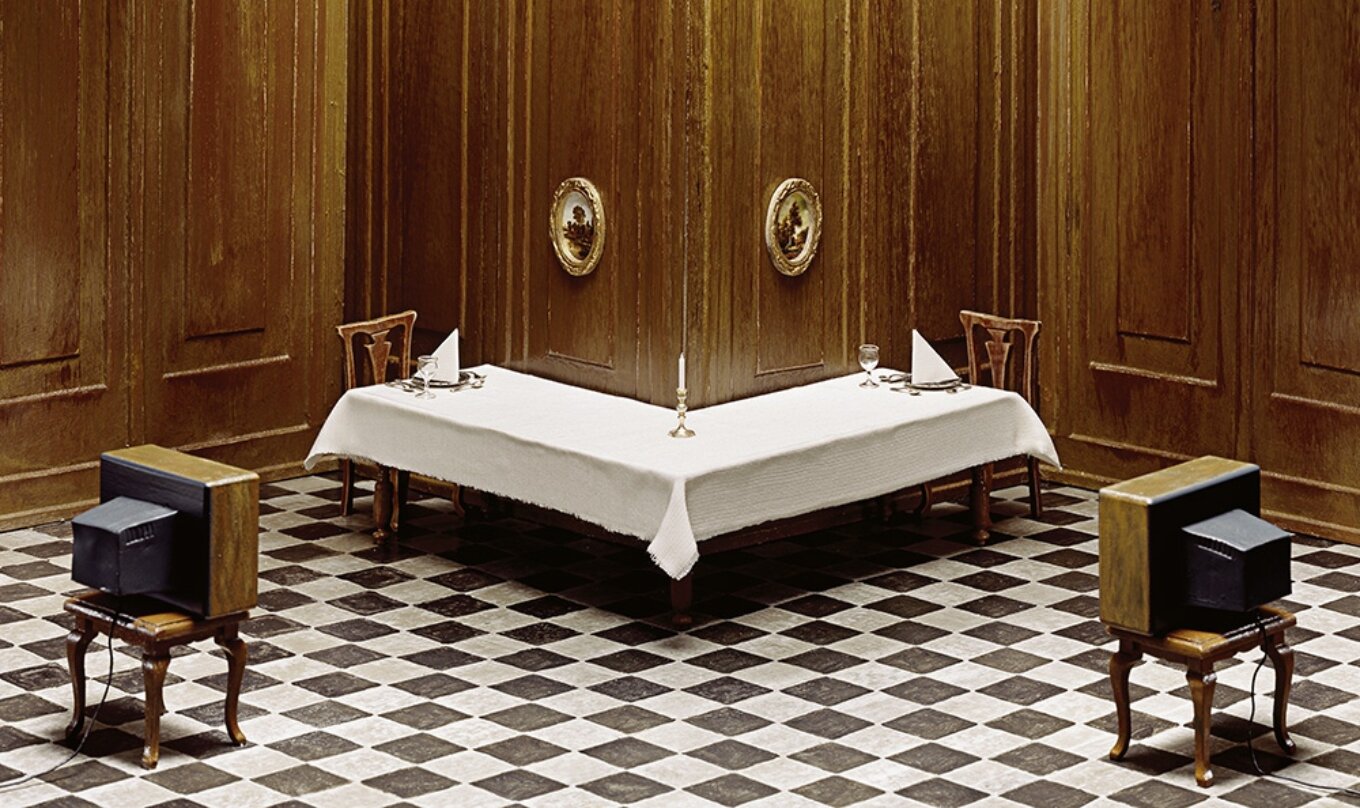
[GAL27]
Art is best when it plays with our perceptions, our sense of up and down, right and wrong, real and imaginary.
Frank Kunert's photography does this with apparent ease. Although the intricate model buildings he creates in his studio are painstakingly constructed to look ordinary, the final photos of these scenes capture what he describes as a "floating state of excited calm". Once your eyes adjust, the absurdity of the pieces reveals itself.
It's a great pleasure to be showing Frank's work throughout this issue.
At first glance I thought your work was real photography which is made to look miniaturised. Why is working with models important to you and how long does the process take for an individual piece, from idea to final photo?
How it is possible to create illusions in the studio with the medium of photography - by means of the choice of detail, the lighting and the independence from the outside world - already fascinated me when I was studying. As a commercial photographer, which I was for some time, you have to mingle with people. But I wanted just the opposite. I always had the desire to be able to work undisturbed and in peace and quiet, something that I achieve best when I create my own world with my hands.
I always had the desire to be able to work undisturbed
The lighting and the miniaturization of scale are also essential. The latter gives me the freedom to play god in a perhaps somewhat pretentious way, to construct scenes that otherwise do not exist or at times cannot exist at all. As a result, the process of creation - from the first flash of artistic inspiration to the presentation of the finished photo - goes through a series of stages and takes weeks or months. These include sketching, building models (generally a slow, cautious approach to the scene), and taking test photos with a small digital camera, up to the final shoot with an analogue large-format camera.
With the focus on building the models with such meticulous detail, is the photography actually secondary?
That's an interesting question. I think these intricate models could very well stand on their own. But by taking photographs of them, the complexity of these elaborately staged worlds, as well as the intended visual illusion they create, is made manifest.
The interesting thing is that the two-dimensional photo seems more real than the model to a certain extent. The original scale is cancelled out, while the limited detail and the perspective steered by the camera generally makes it difficult to recognize the scenes as miniatures at first glance. When I take a first look through the camera myself, I often get the feeling that I am standing in front of a real scene.
It seems like a lot of your work is toying with literal meanings, but also exposing the broken promises of architects and estate agents in a playful way. Would you agree with this?
Yes, it might be both, and it's much about how communication in our so-called civilized world works. Many of life's developments, many of people's encounters and relationships do not really function. A great deal is insincere. Genuine encounters are often impossible. Yet everything goes on, somehow. This is the background in many of my works. There is a problem that is unresolved, but you come to terms with it. The core of the problem does not change. It just gets tinkered with until a rather bizarre outcome is hit upon. The titles I give to my works help me to sharpen the absurdity of the situation.
Why do you choose not to include people in your work?
I think that my worlds work better as projection screens when there are no actors. No people have to enter them, since the traces that they leave behind are visible. What arise as a result are more spaces for fantasy and a floating state of excited calm, as if something might just be about to occur.
Frank's photo books, Wunderland and Topsy-Turvy World (Verkehrte Welt), are available via hatjecantz.de, as well as UK stockists.
Sam Walby


